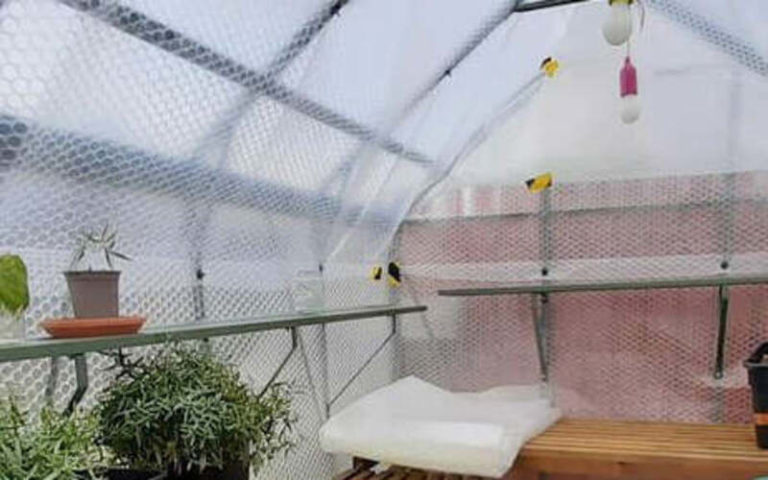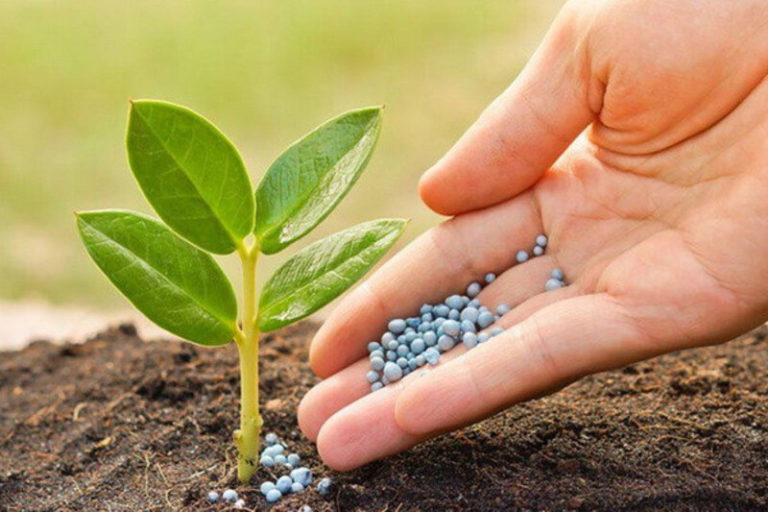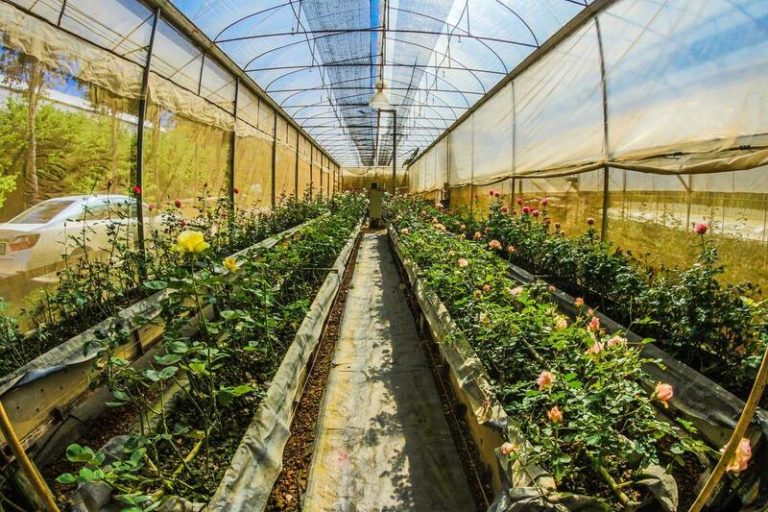Electro-Horticulture: An Innovative Approach to Agriculture
Are you tired of using harmful chemicals and pesticides to grow your plants? If so, electro-horticulture may be the solution you’ve been looking for. Electro horticulture is a process that uses electricity to promote plant growth and development, and it has many benefits over traditional agricultural methods.
How Does Electro-Horticulture Work?
Electro-horticulture is a process that uses electricity to promote plant growth and development. Here’s how it works:
Stimulating Plant Growth with Electricity
Electro-horticulture is a way to grow plants by sending a small amount of electricity through the soil or water in which they are grown. This electrical current helps plants grow and change by imitating the electrical signals that plants use to grow and change on their own.
Mimicking Natural Electrical Signals
Plants have a complex system of electrical signals that regulate their growth and development, similar to the way that the human nervous system sends electrical signals throughout the body. These electrical signals allow plants to coordinate various functions, such as the growth of roots, stems, and leaves, and the uptake of nutrients from the soil.
Faster and More Efficient Plant Growth
In electro-horticulture, the electrical current helps to stimulate these natural electrical signals, which can make plants grow faster and better. This method works best when it is combined with other methods, such as hydroponics or indoor farming, that help plants grow in the best way possible.
Electro-horticulture is a new way of farming that uses the plants’ natural electrical signals to help them grow and develop in a healthy way. Electro-horticulture is a way to grow plants without using harmful chemicals or pesticides. It works by sending a small amount of electricity through the soil or water to the plants.
Benefits of Electro-Horticulture
Electro-horticulture is a way to grow and develop plants that uses electricity. It has several advantages over traditional farming methods. Here are some of the key benefits of electro-horticulture:
- Faster and more efficient plant growth: Electro-horticulture can help stimulate natural electrical signals in plants, leading to faster and more efficient growth. This means that crops can be grown faster, which means they can produce more and make more money.
- Reduced need for harmful chemicals: Traditional agriculture often relies on pesticides and other harmful chemicals to protect crops from pests and disease. Electro-horticulture can help reduce the need for these chemicals as it promotes plant growth and helps plants resist pests and disease naturally.
- More sustainable agriculture: By reducing the need for harmful chemicals and promoting sustainable plant growth, electro-horticulture offers a more sustainable approach to agriculture. This means that farmers can produce crops more efficiently and with fewer negative environmental impacts.
- Increased crop yields: Electro-horticulture can help increase crop yields as it promotes faster and more efficient plant growth. This can help farmers produce more crops with less land, water, and other resources.
- Improved food quality: By promoting plant growth and development, electro-horticulture can help to improve the quality of the food that we eat. This means that crops are more nutritious, flavorful, and visually appealing.
Overall, electro-horticulture offers a promising approach to agriculture that can help address some of the key challenges facing farmers and the food industry. By harnessing the power of electricity to promote sustainable plant growth and development, electro-horticulture can help to improve food production, protect the environment, and promote healthier communities.
How Does Electro-Horticulture Work?
Electro-horticulture is a process that uses electricity to promote plant growth and development. Here’s how it works:
- Stimulating Plant Growth with Electricity
The process of electro-horticulture involves applying a small electrical current to the plants through the soil or water in which they are grown. This electrical current helps to stimulate plant growth and development by mimicking the natural electrical signals that occur within plants.
- Mimicking Natural Electrical Signals
Plants have a complex system of electrical signals that regulate their growth and development, similar to the way that the human nervous system sends electrical signals throughout the body. These electrical signals allow plants to coordinate various functions, such as the growth of roots, stems, and leaves, and the uptake of nutrients from the soil.
- Faster and More Efficient Plant Growth
In electro-horticulture, the electrical current helps to stimulate these natural electrical signals, which can lead to faster and more efficient plant growth. This process is especially effective when combined with other techniques, such as hydroponics or indoor farming, which can provide the ideal growing conditions for plants.
Electro-horticulture is an innovative approach to agriculture that leverages the natural electrical signals of plants to promote sustainable growth and development. By applying a small electrical current to the plants through the soil or water, electro-horticulture can help stimulate plant growth and yield, while reducing the need for harmful chemicals and pesticides.
Mimicking Natural Electrical Signals
Electro-horticulture is a cutting-edge agricultural technique that involves applying a small electrical current to plants to stimulate their growth and development. One of the key aspects of electro-horticulture is mimicking the natural electrical signals that occur within plants. Let’s take a closer look at how this technique works and why it’s so effective.
A. Understanding Plant Electrical Signals
Like humans and animals, plants have an electrical signaling system that regulates their growth and development. These signals help to coordinate various functions, such as the growth of roots, stems, and leaves and the uptake of nutrients from the soil. By understanding these natural electrical signals, scientists and farmers can use electro-horticulture to promote healthier and more efficient plant growth.
B. Direct Current (DC) in Electro-Horticulture
One way that electro-horticulture mimics natural electrical signals is through the use of direct current (DC). Direct current is a type of electrical current that flows in one direction, similar to the natural electrical signals that occur within plants. By applying a low-level direct current to plants, electro horticulture can help stimulate natural plant growth processes, leading to healthier and more efficient plant growth.
C. Pulsed Electric Fields (PEF) in Electro-Horticulture
Another way that electro-horticulture mimics natural electrical signals is through the use of pulsed electric fields (PEF). Pulsed electric fields involve applying a series of short, high-voltage electrical pulses to plants. These pulses can help stimulate natural plant growth processes, leading to faster and more efficient plant growth.
Benefits of Mimicking Natural Electrical Signals
By mimicking the natural electrical signals that occur within plants, electro-horticulture can offer a number of benefits for farmers and the environment. For example, this technique can help to:
- Promote more sustainable plant growth without the need for harmful chemicals and pesticides.
- Increase crop yields and reduce food waste.
- Enhance the nutritional content of fruits and vegetables.
- Improve the efficiency of indoor and vertical farming systems.
- Reduce the carbon footprint of agriculture by using less energy and resources.
Mimicking natural electrical signals is a key aspect of electro-horticulture. By applying a small electrical current that mimics the natural electrical signals that occur within plants, electro-horticulture can help promote sustainable plant growth and development while reducing the need for harmful chemicals and pesticides.
Faster and More Efficient Plant Growth
In electro-horticulture, the electrical current helps to stimulate these natural electrical signals, which can lead to faster and more efficient plant growth. This process is especially effective when combined with other techniques, such as hydroponics or indoor farming, which can provide the ideal growing conditions for plants.
Conclusion
Electro-horticulture is an innovative approach to agriculture that leverages the natural electrical signals of plants to promote sustainable growth and development. By applying a small electrical current to the plants through the soil or water, electro-horticulture can help stimulate plant growth and yield while reducing the need for harmful chemicals and pesticides.
FAQ:
Q. What is electro-horticulture?
Ans. Electro-horticulture is a process that uses electricity to promote plant growth and development. It mimics the electrical signals that plants use to grow and develop naturally.
Q. How does electro-horticulture work?
Ans. Electro-horticulture works by applying a small electrical current to the plants through the soil or water in which they are grown. This helps to stimulate natural electrical signals within the plants and promote faster and more efficient growth.
Q. What are the benefits of electro-horticulture?
Ans. Electro-horticulture offers several advantages over traditional farming methods, including faster and more efficient plant growth, reduced need for harmful chemicals, more sustainable agriculture, increased crop yields, and improved food quality.
Q. Can electro-horticulture be used for all types of plants?
Ans. Electro-horticulture can be used for a wide range of plants, including vegetables, fruits, and herbs. However, the technique may be more effective for some plants than others.
Q. Is electro-horticulture safe for the environment?
Ans. Electro-horticulture is generally considered safe for the environment, as it promotes sustainable agriculture and reduces the need for harmful chemicals and pesticides. However, like any agricultural technique, it should be used responsibly and with caution to minimize potential negative impacts.
Also Read:
Agricultural Steam Weeder: The Eco-Friendly Solution for Effective Weed Control in Farming







